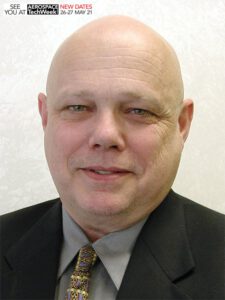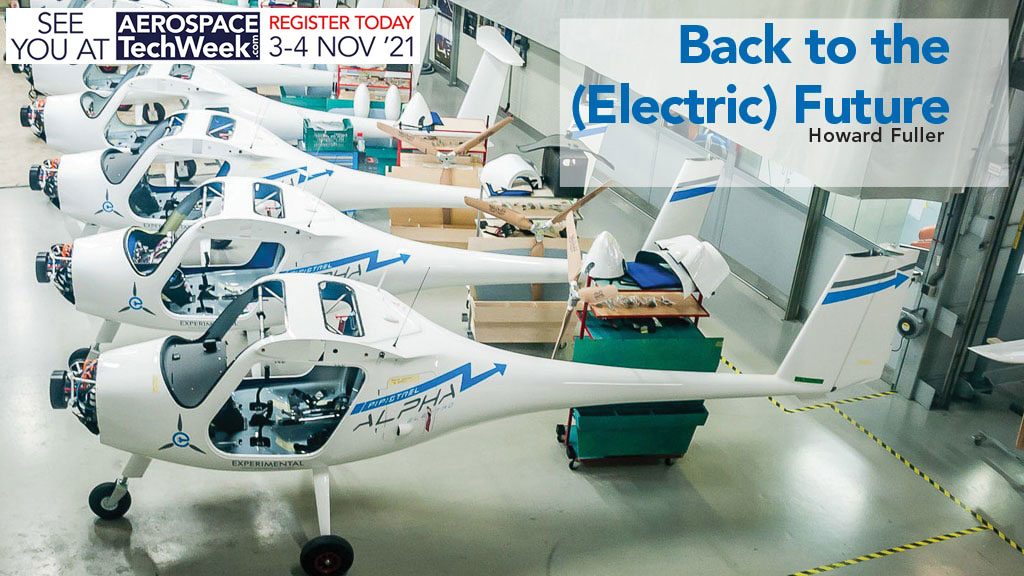There is an ancient Chinese curse that I’ll paraphrase: “May you live in interesting times.”
In aviation right now, we are indeed living in such an era. The airlines are largely grounded and being an A&P Mechanic is not the guarantee of industry respect or lifelong employment it once was. In General Aviation, one can watch the grass growing among the training aircraft at most small airports. With the cost of avgas at record levels, training is a luxury even well-to-do individuals can ill-afford. The news is not all bad, however.
Significant progress is being made in electric aircraft, with a few flight schools employing early electric powered gliders for their main training aircraft. In the U.K., for example, Skyborne Airline Academy, based at Gloucestershire Airport, has recently ordered ten all-electric light trainers from Bye Aerospace (www.byeaerospace.com) of Broomfield, Colorado.
Bye expects their E-Flyer 2 to be the first all-electric aircraft to receive FAR 23 certification. The critical design review took place on June 5 and the next phase of the flight test program is currently underway. The company says its aircraft will reduce operating costs by a factor of five over equivalent piston-powered training aircraft, as well as generating far less noise and zero inflight emissions.
Another manufacturer, Pipistrel, (www.pipistrel-usa.com) headquartered in Slovenia, produces an extensive line of light aircraft including several that are all-electric. With the available, interchangeable long wings, the Alpha Electro serves as a self-launching two-place sailplane that is eminently suitable for training, thus eliminating the need for towplane services. It is also usable for airplane training when employing the optional short wings.
In the transport category, all major engine manufacturers are moving ahead with electric powerplants, some with prototype engines in flight test programs using transport category aircraft.
In the U. S., while the traditional Part 23 manufacturers are still offering piston-powered trainers in very limited production numbers, the winds of change are blowing strong from Wichita to Vero Beach.
Siemens, (www.siemens.com) the European electrical conglomerate, has developed a 260KW aircraft powerplant that appears ideal for medium-performance singles and twins. That portion of Siemens was recently acquired by Rolls-Royce.
On the West Coast, Harbour Air has flown a DHC-2 Beaver on floats with the MagniX 500, a 750hp electric powerplant. That motor is slated to eventually replace the PT-6 in several airframe models, including the balance of the Harbor Air fleet and is flying today in a Cessna Grand Caravan electric prototype. Do you see the trend developing here?
It appears to this writer that the only limitation at present is battery capability, but that technology is also leaping ahead at lightspeed, with Elon Musk at the forefront. I long ago learned not to discount Mr. Musk’s capabilities in the electric propulsion field. In my neighborhood, it seems like one out of three new cars is a Tesla 3 lately. Tesla stock is worth more than GM, Ford and Fiat-Chrysler combined, so he must be doing something right.
Tomorrow’s General Aviation airports may well be located closer to the population centers due to their being in compliance with stricter noise limitations. The new light aircraft will fit right in with quieter electric powerplants. FAA and EASA regulations will almost certainly still encompass strict airframe maintenance requirements, however, even though it is highly unlikely that the mandated training curricula for A&P schools will keep pace with the new technology. I would suggest that if you want to keep your skills up-to-date, you may want to look into attending a factory school at one of the above electric motor manufacturers.
Well, take it or leave it, there’s the general aviation future for you. As Lawrence Fishburn famously says in The Matrix, “I can only open the door for you…it’s up to you to step through.”

Formerly with Wyvern Consulting Howard Fuller in formed independent consultancy JTI Air Holdings to continue aviation safety audits. Currently developing alternative-powered fixed and rotary wing aircraft both manned and unmanned.
